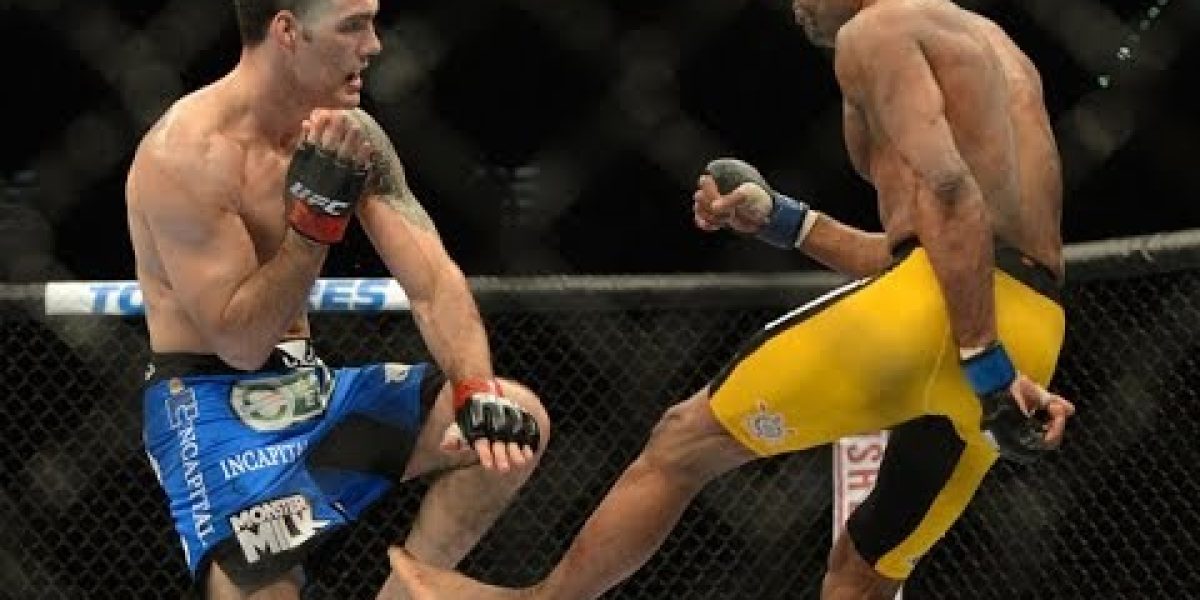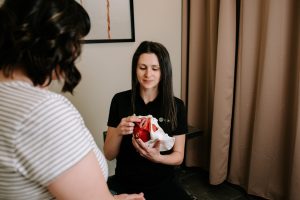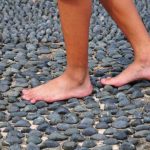Acute injuries happen all of a sudden. You step in a pot hole and sprain your ankle, you trip on a rock and hurt your wrist or you get tackled in a rugby game and injure your knee. After the injury happens, whats next? What’s the best way to manage that injury starting right after it happens in order to be most efficient at figuring out what needs to be done and to ensure the best outcome?
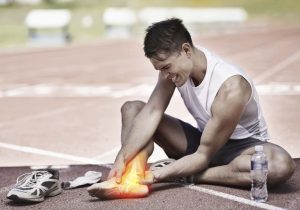
Unfortunately the system we have right now isn’t very efficient. Having a health professional diagnose the injury usually boils down to a trip to the hospital where you can expect a lengthy wait (sometimes over 8 hours) only to have a quick X-ray done and be told to rest, ice it and take some advil. Not only is that lengthy process frustrating for the person going through it, the advice about managing the injury is often poor and contributes to slowing down the recovery and healing process.

Crowded ER wait rooms aren’t the right place for many acute injuries
This article presents a better system available for diagnosis and provides quality advice on how to manage your injuries based on current research and logic instead of taking the outdated advice most people are given.
You hurt yourself, now what?
As a disclaimer – some injuries require immediate medical attention and warrant a hospital visit. If something has the potential to be life threatening, make sure you go to the hospital immediately. For everything else, keep reading below.
You sprained your ankle on a hike and its a nasty one. Instead of heading to the hospital where you’re low on the priority list to wait 6 hours in a room full of sick people to get an X-ray that will likely be negative, why not have a resource like a physical therapist or sport medicine physician that specializes in the diagnosis and management muscle/bone/joint injuries to take a look. Our acute injuries clinic at Optimize physio & sport medicine is designed to make the process of managing an acute injury much simpler. We make sure to have a few spots during the day where a physical therapist and sport medicine physician can take a look and direct you in how to manage the injury whether that’s imaging or therapy. Its covered by OHIP, you don’t need an advance appointment and we try to book the same day. It avoids you wasting time in the hospital and ensures you get good advice on how to heal your body after injury – call 613 425 4211 for further details or to arrange a time within 24hrs of an injury to have it looked at.
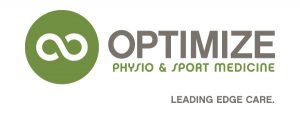
GETTING WITH THE TIMES: BETTER ADVICE ON MANAGING INJURIES
The RICE myth
The man considered to be the “father” of sport medicine is Gabe Mirkin. In 1978 he came out with The Sports Medicine Book and introduced the concept of RICE for acute athletic injuries. The acronym stands for Rest, Ice, Compression, Elevation and at the time might have been revolutionary but fast forward 30 years are we have learned to do things very differently…..At least most of us have.
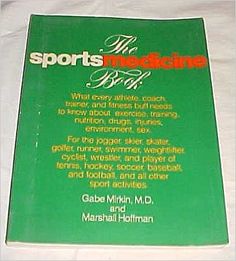
Mirkin’s 1978 Sport medicine book
Since those days, a lot of good research and smart people have been advising that rest and ice turn out to be poor methods to use after injury and that not only are anti-inflammatories like advil not beneficial, they actually hinder and delay the healing process. Dr. Mirkin himself has published research saying he was wrong and in 2014 even went on record to debunk his icing advice based on better research done since the 70’s. If the guy that first told us to ice acute injuries is now saying we shouldn’t, why do most health professionals still advise the old ice and advil routine? Its shocking that decades old advice that’s been blatantly proven wrong and slows down injury recovery is still being preached by medical professionals. Unless you want to slow your recovery, stop using Ice and anti-inflammatories to deal with injuries.
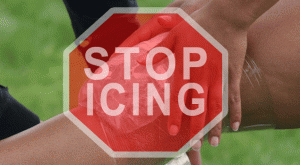
A new acronym: MEAT
Movement – if moving the injured body part is tolerable, MOVE IT and move it a lot. If there’s no bone fracture, the best way to speed up the recovery process is to activate the muscles that clear away the swelling and to make sure the area doesn’t stiffen up.
Exercise – If you can move around and avoid staying sedentary it will speed up the healing process by helping to deliver nutrients and clear damaged tissues from the injured area.
Analgesics – if the pain is unbearable then take something for PAIN and not something to reduce inflammation (aka healing). Natural substances are preferable – one of the most effective (for adults 18+) of which can be cannabis when either smoked or ingested. If something synthetic is taken, acetaminophen (tylenol) is a better alternative than advil and should only be taken until the pain is manageable (and not until pain is completely gone).
Treat – find a competent healthcare professional to give you some help and direction about what you should be doing at home to optimize your injury recovery and avoid residual problems.
Inflammation 101
Inflammation gets a bad wrap but remember this: Its the mechanism the body has developed over the course of evolution to heal damaged tissue. Without Inflammation, you wouldn’t heal. Ever. How inflammation has come to be something bad is beyond me but we need to re-frame how we view it. Acute inflammation is never the problem (its essential), its the long term pooling inflammatory fluids that creates problems. Two things that promote inflammation pooling: ice and lack of movement. Hmmmm thats weird – isn’t that what we’re told to do if we have an “inflamed” area? Ice constricts blood and lymph vessels which prevents the clearing of fluids back to the heart. Muscle pumps create the pumping action that clears the fluid back to the heart, without movement there can be no return. So that ice and rest you thought were helping heal your injury are actually responsible for letting fluids pool at the site of injury and for the area blowing up like a balloon with swelling. When tissues get expanded and stretched because a water balloon worth of fluid is jammed into a confined area, they press against nerve endings and start to create pain. Inflammation isn’t then enemy – its the way that our bodies heal. Instead of trying to stop it lets help it do its job by doing whatever we can to assist the body in recirculating that fluids back to the heart. Helping your body means moving to activate muscle pumps and avoiding ice that slows down the process.
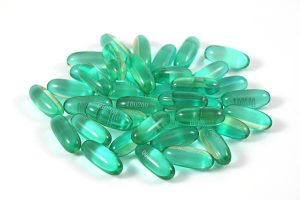 Ibuprofen isnt a food group
Ibuprofen isnt a food group
In summary:
-Instead of going to the hospital with an acute injury, take a more efficient path to diagnose you injury and get quality information on how to manage the problem by seeing a sport medicine doctor or physical therapist.
-When injured use movement, exercise, and compression/elevation to speed up the healing process
-Avoid using ice and anti-inflammatories for muscle/bone/joint related injuries. They are literally stopping you from fully healing
-Turn to natural painkillers like cannabis (for adults) and exercise instead of narcotics and synthetic drugs
-If something artificial must be taken, use tylenol to control pain instead of anti-inflammatories
Knowing how to properlu take care of an injury should be taught in high school and is something every human has the right to know. Better information gives better results and improved healing. Managing an injury effectively speeds up recovery, decreases pain and reduces the likelihood of chronic issues developing so make sure you get quality information.
Hopefully this article makes sense of the sometimes conflicting information that people receive after an injury. Movement is medicine and man-made drugs are poison for your body. Keep those two things in mind and you will improve how your body heals itself
Cheers,
-Nick
